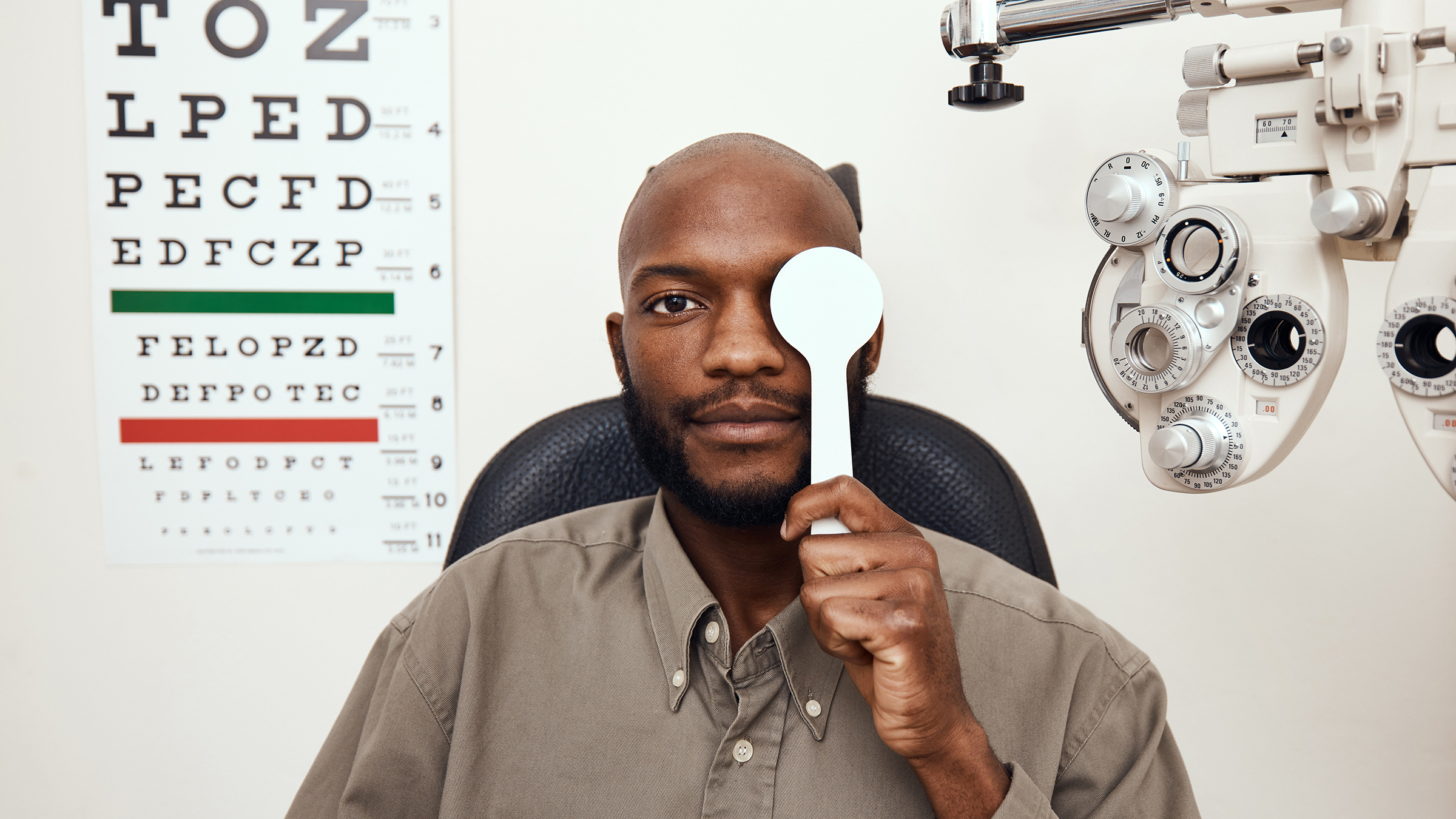Getting your eyes checked regularly is crucial for maintaining good vision and early detection of eye diseases. But what happens when you lack vision insurance? This article delves into the cost of eye exams without insurance, offering insights and resources to navigate this healthcare expense.

Vision Insurance Overview
Eye exams are essential for maintaining good eye health. However, the cost of an eye exam can be a concern for many people, especially those without insurance.
In this article, we will discuss the cost of an eye exam without insurance, what’s included in a vision exam, and how to save on eye care.
How Much is an Eye Exam Without Vision Insurance?
Without vision insurance, the average cost of an eye exam is about $75 to $200. However, the cost of eye exams can vary depending on the location, type of exam, and if it’s your first visit.
About 30 million people in the U.S. don’t have health insurance. Additionally, many medical plans don’t include vision benefits.
Affordable eye care may seem out of reach if you don’t have vision coverage. However, there are several low-cost options for people who don’t have insurance but need an eye exam.
Does Vision Insurance Cover Eye Exams?
Most health insurance policies don’t cover routine eye exams. However, many insurance providers offer separate vision plans.
These will usually cover at least a portion of your eye exam costs. If you have vision insurance, the average co-pay for an eye exam is around $10 to $40.
What’s Included in a Vision Exam?
During comprehensive eye exams, an optometrist or ophthalmologist will use a variety of instruments to evaluate your vision and eye health. These tests take 30 minutes to an hour and examine:
- Visual acuity (the sharpness of your vision)
- Refraction to check for refractive errors (determines your eyeglass prescription)
- Visual field (peripheral vision)
- Pupillary reactions (to light and close objects)
- Eye alignment (how well your eyes work together)
- Muscle function
- Ocular health
At the end of your exam, your doctor will tell you if you need vision correction or if you have any eye problems.
If you need eyewear to correct your vision, you must see an optician for eyeglasses or contact lenses. They may also refer you to a specialist to discuss surgical options, such as LASIK and LASIK costs.
A regular eye exam will only measure your vision and eye health. It does not include fitting for glasses or contacts.
If you need a contact lens prescription, you’ll have to schedule an exam; an optician can assist with ordering and fitting glasses.

Tele-Optometry and Eye Exams
Tele-optometry provides patients with new options for digital eye exams. These eye exams are similar to in-office appointments.
Retailers such as Costco Optical, Target Optical, Walmart Vision Center, Lenscrafters, America’s Best, and Sam’s Club offer eye exams at affordable prices.
Some retailers also offer free eye exams when you purchase eyeglasses.
Breaking Down the Budget: Understanding Different Costs
Routine exam: The bread and butter, covering vision test, prescription check, and eye health evaluation. Expect to pay $100 to $175 on average.
Contact lens exam: This includes fitting and evaluation for contact lenses, adding $40 to $80 to the base cost.
Medical eye exam: If you have eye conditions like cataracts or diabetic retinopathy, expect a more thorough exam with a higher price tag, potentially reaching $300 or more.
Saving Strategies: Seeing Smart on a Budget
Don’t let the price tag deter you from essential eye care. Explore these options to make it manageable:
- Call around: Compare prices at different eye care providers. Consider optometrists in retail settings like Costco or Target for potentially lower costs.
- Ask about discounts: Many providers offer senior discounts, student discounts, or reduced rates for uninsured patients.
- Utilize vision plans: Consider enrolling in a vision discount plan, offering negotiated rates with select providers.
- Government assistance: Programs like Medicaid may cover eye exams for eligible individuals.
Investing in Your Sight: The Value Beyond the Cost
Regular eye exams are not just about seeing clearly; they play a crucial role in safeguarding your overall health.
Early detection and treatment of eye diseases can prevent vision loss, manage chronic conditions, and even detect systemic health issues like diabetes.
Remember, neglecting your eyes due to cost concerns can lead to more significant expenses in the long run.
Prioritize your vision health by exploring available Vision Insurance options and making informed choices.
By being a savvy consumer and utilizing available resources, you can ensure your eyes receive the care they deserve, even without insurance.